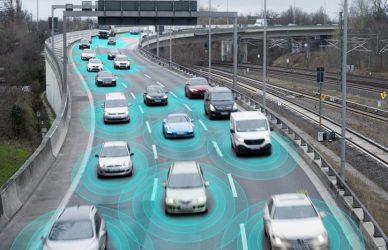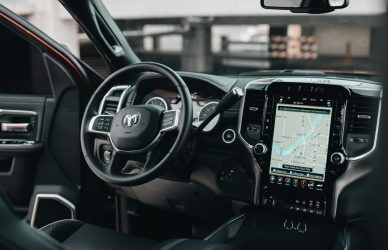Nearly 8 months after an incident involving an autonomous GM Cruise car being pulled over by law enforcement, the automaker is still unclear as to why the interaction went awry.
In April of this year, a San Francisco police officer noticed the vehicle driving after dark with no headlights on. What should have been a routine stop got a bit strange as the officer approached the vehicle. As he realized it was a driverless car, he tried the door handle to see if he could turn the lights on himself, and when he couldn’t, he stepped back to call the automaker. In this moment, the car pulled away, leaving the confused officer with his lights still flashing behind.
GM Cruise was able to take control of the car and get it pulled back over a short distance up the road, but at this time, the automaker is still unsure what caused the vehicle to pull away.
A recent demonstration of an autonomous Freightliner demonstration held by Torc in Albuquerque, New Mexico, showed that autonomous driving systems are equipped with various backups to enable safer driving conditions, including interactions with law enforcement.
Communication between AVs and law enforcement are still being developed. Currently, one of the first tools available to officers is the ability to call the AV company or fleet about the vehicle in question. This call allows officers to electronically obtain information about the vehicle such as insurance and registration.
Embark Trucks, in conjunction with Texas Department of Transportation, developed the capability for Embark semis to identify and stop for law enforcement vehicles, and built communication protocols and standard operating procedures between autonomous trucks and officers.
In addition to routine traffic stops AVs also need to be able to effectively respond to officers and first responders for other reasons, such as identifying a law enforcement vehicle on the side of the roadway and changing lanes or obeying physical cues from an officer or road worker such as hand motions for directing traffic.
While automakers are working to create systems and redundancies to best respond in these situations, the fact is that this is still new technology and as with any new technology there are bound to be bugs in these early stages, such as the incident with the vehicle in California. So, this begs the question, are these driverless vehicles fully ready to respond in any situation?






